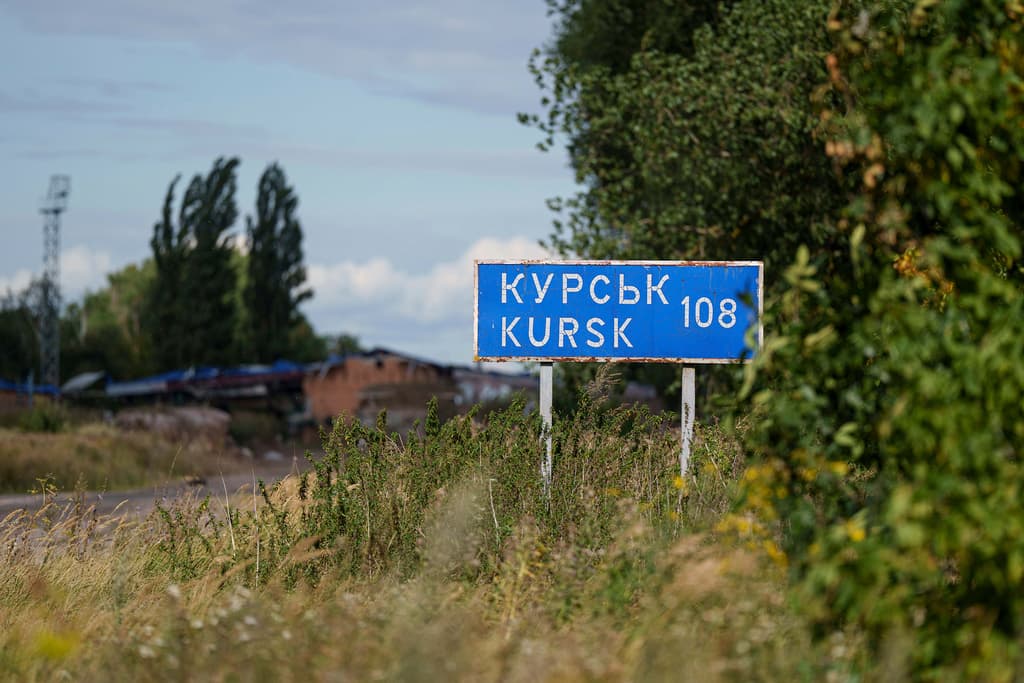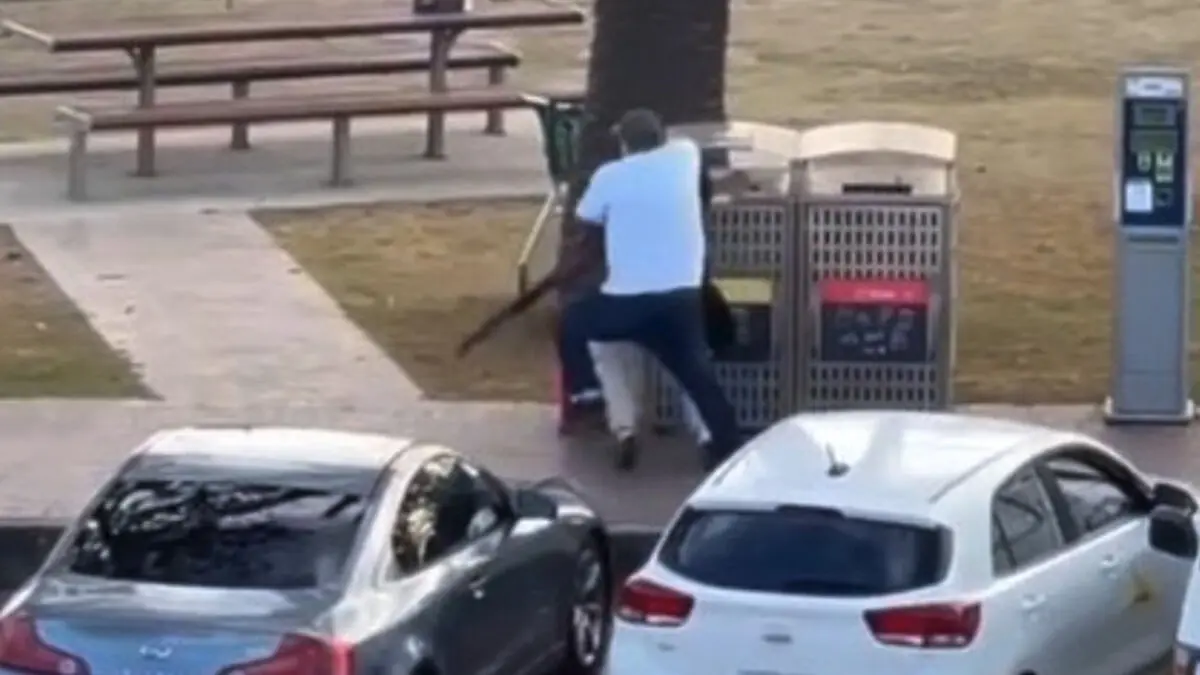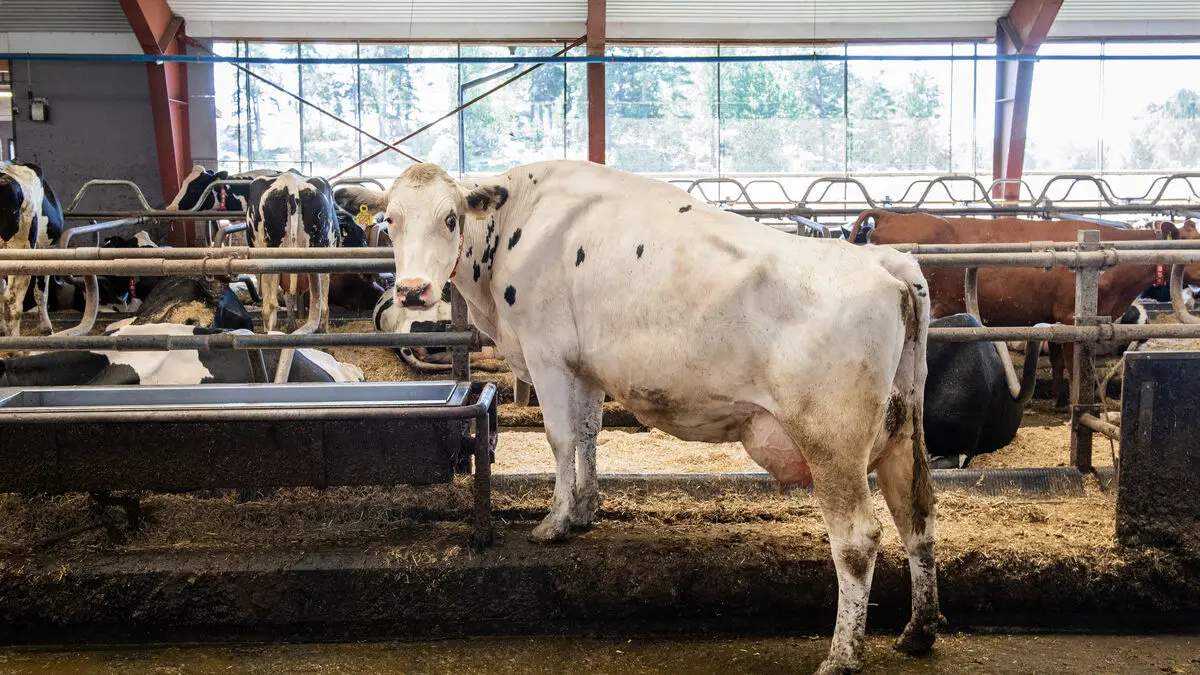A group of Russian border guards were sitting and drinking coffee around a table in the forest when an armored combat vehicle suddenly thundered in last Tuesday, according to a Ukrainian soldier speaking to Financial Times.
The war had long since transitioned into a more static phase, a "meat grinder" on Ukrainian soil, and Russia seemed to be waiting for the Ukrainians' fighting spirit to dwindle and their allies to lose interest. No one seemed to have expected a Ukrainian invasion.
Ukraine's lightning-fast attack targeted a particularly weak point identified in the Russian defense, and more than 10,000 Ukrainian soldiers are estimated to have participated.
Uncertainty about the goals
It is not entirely clear what Ukraine's goals are.
"To stretch out the enemy's positions, cause maximum losses, and destabilize the situation in Russia," says an anonymous Ukrainian leader to AFP. Military analysts believe that Ukraine wants to force Russia to move forces from the worst front lines in the east.
Forces are being moved, but not to the extent that Ukraine had hoped, said a source in the Ukrainian general staff to The Economist on Sunday. It is possible that Russia has reserve forces to deploy.
Ukraine claims it does not want to conquer Russian territory. However, controlling part of Russia would strengthen Kiev's hand in potential peace negotiations.
A morale boost?
The offensive also has political implications. The war is affecting Russia and Russians in a completely different way, the Kremlin is forced to handle an internal refugee crisis, and it is clear to the world that Vladimir Putin's declared "red lines" are meaningless.
And it can instill courage and morale in Ukrainians after long and demanding defensive efforts and continuous air attacks.
"The first six months of 2024 have probably been Ukraine's toughest period in the war. The Kursk operation shows that Ukraine still has the will and ability to strike back and harm the Russians," writes retired Australian General Mick Ryan in an analysis.
Digging in and mining
Ukrainian forces are rolling in artillery pieces across the border, digging trenches, and mining large areas. The question is how much they can fortify their positions before the Russian defense regroups – and how many losses they are willing to risk when Russian glide bombs start falling.
An advance much deeper into Russia, for example towards the city of Kursk, is likely too demanding and risky.
The great risk for Ukraine, as many prominent analysts see it, is that the battles in Russia take too many of the country's best soldiers into account when the invasion forces continue to advance step by step in Donetsk.
On February 24, 2022, Russia launched a full-scale invasion of Ukraine after having invaded the neighboring country already in 2014, which led to the annexation of the Crimean Peninsula and a largely frozen conflict in Donbass in the east.
In a lightning-fast offensive from the north, east, and south, the Russian forces met resistance. They did not reach Kiev, but advanced to the Crimean Peninsula in the south. The coastal city of Mariupol fell after a long and bloody siege.
Ukraine carried out two counter-offensives in the fall of 2022, where they recaptured the Kharkiv region in the northeast and the city of Kherson with its surroundings in the south. In connection with this, Russia declared that it would annex the partially occupied regions of Kherson, Donetsk, Luhansk, and Zaporizhzhia.
A larger Ukrainian counter-offensive began in the summer of 2023, but failed to break through the then fortified Russian defense.
Russia has regularly attacked targets across Ukraine with rockets and drones. At least ten thousand civilians have been killed in the war, but the true figure is believed to be much higher. Several million Ukrainians have fled abroad.
Since Russia launched its large-scale war of aggression in Ukraine in February 2022, the vast majority of all war deaths and destruction have occurred on Ukrainian soil.
Ukraine has also carried out attacks on targets in Russia, and these have increased as the war has dragged on.
There have been artillery fire across the front line in border areas, as well as drone strikes that have reached far into Russia, targeting oil facilities and airfields, among other things. In 2023, drones struck several times in central Moscow.
On several occasions, armed forces have crossed or attempted to cross the border from Ukraine to Russia in smaller raids. Ukraine-supported groups of Russian dissidents, such as the Russian Freedom Legion and the Russian Volunteer Corps, have during 2023 and the spring of 2024 penetrated into Russia and briefly taken control of smaller towns before being pushed back.





